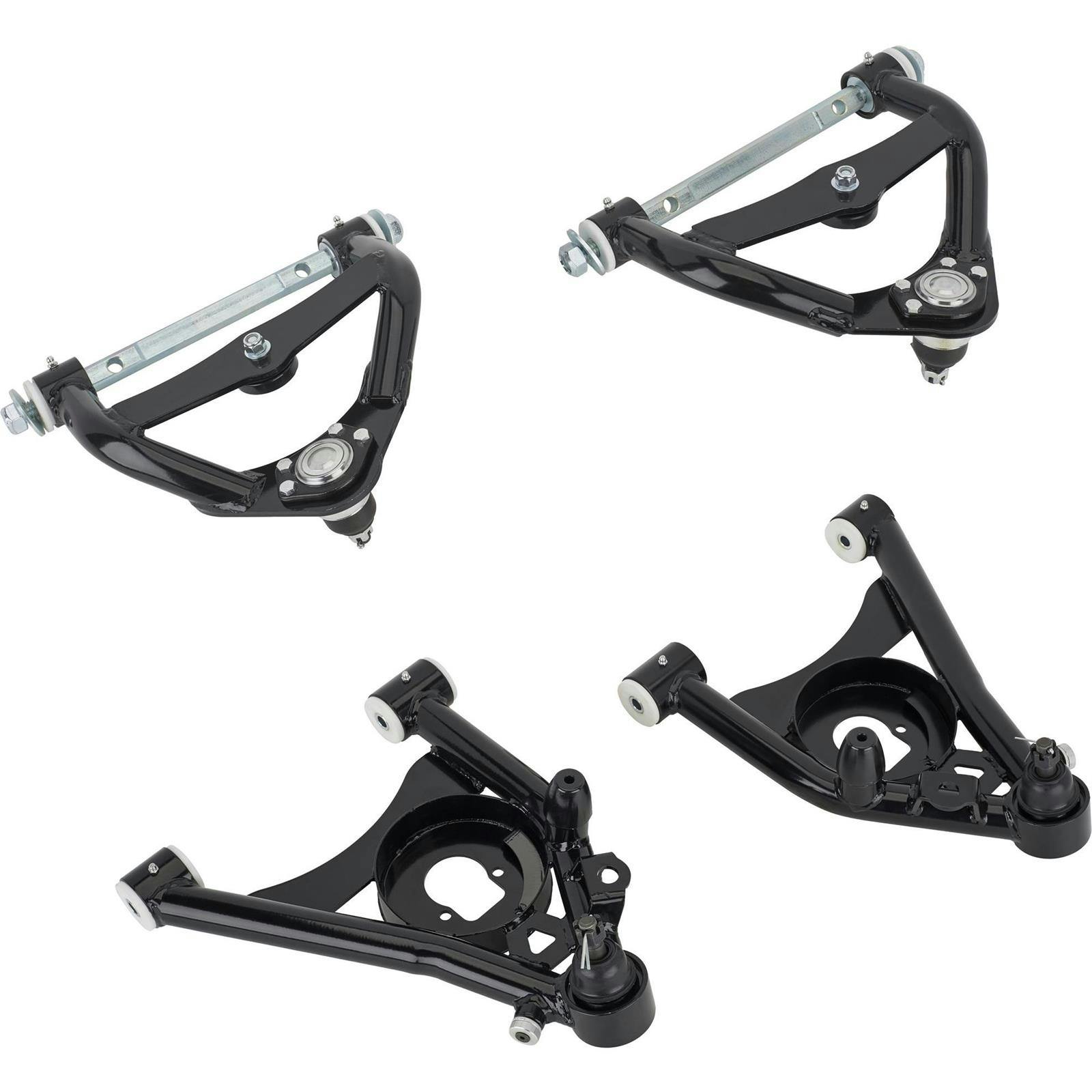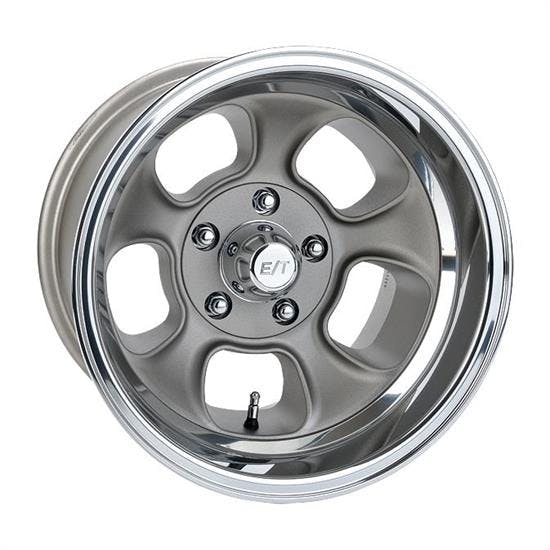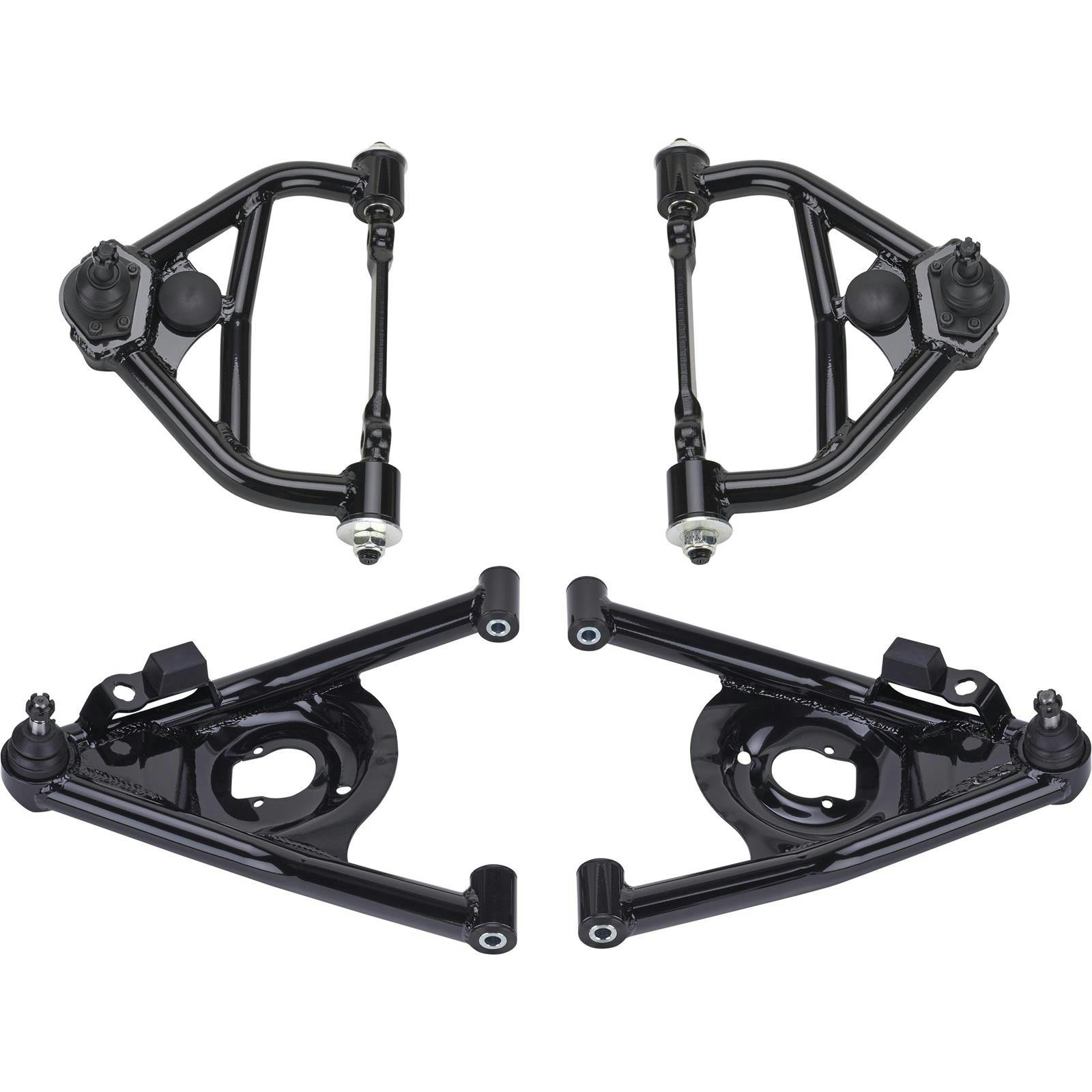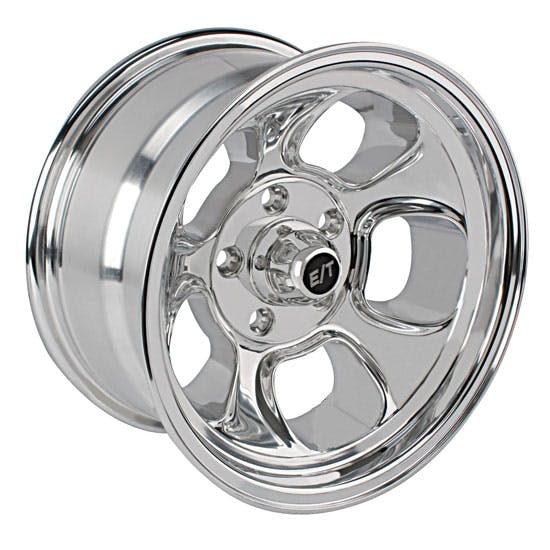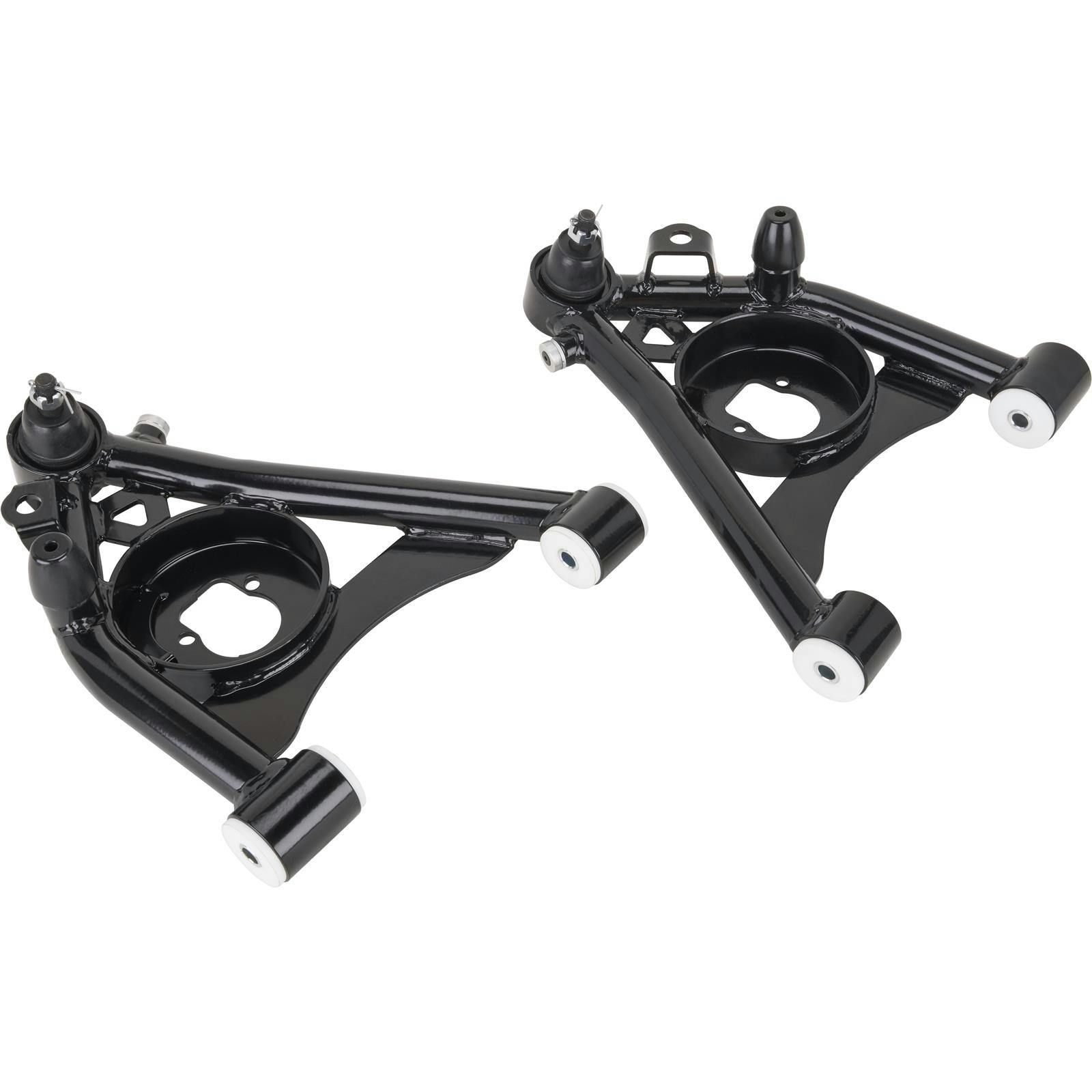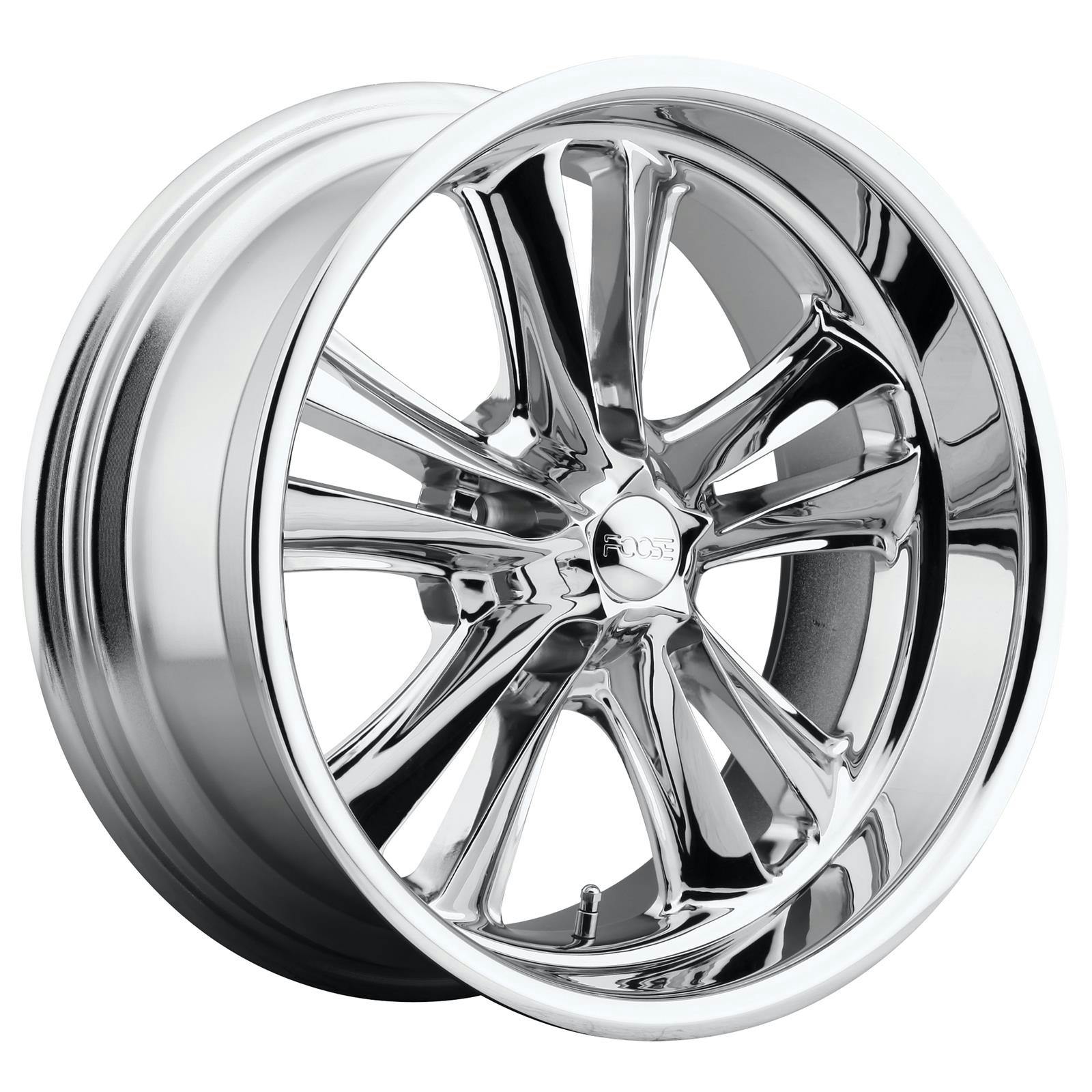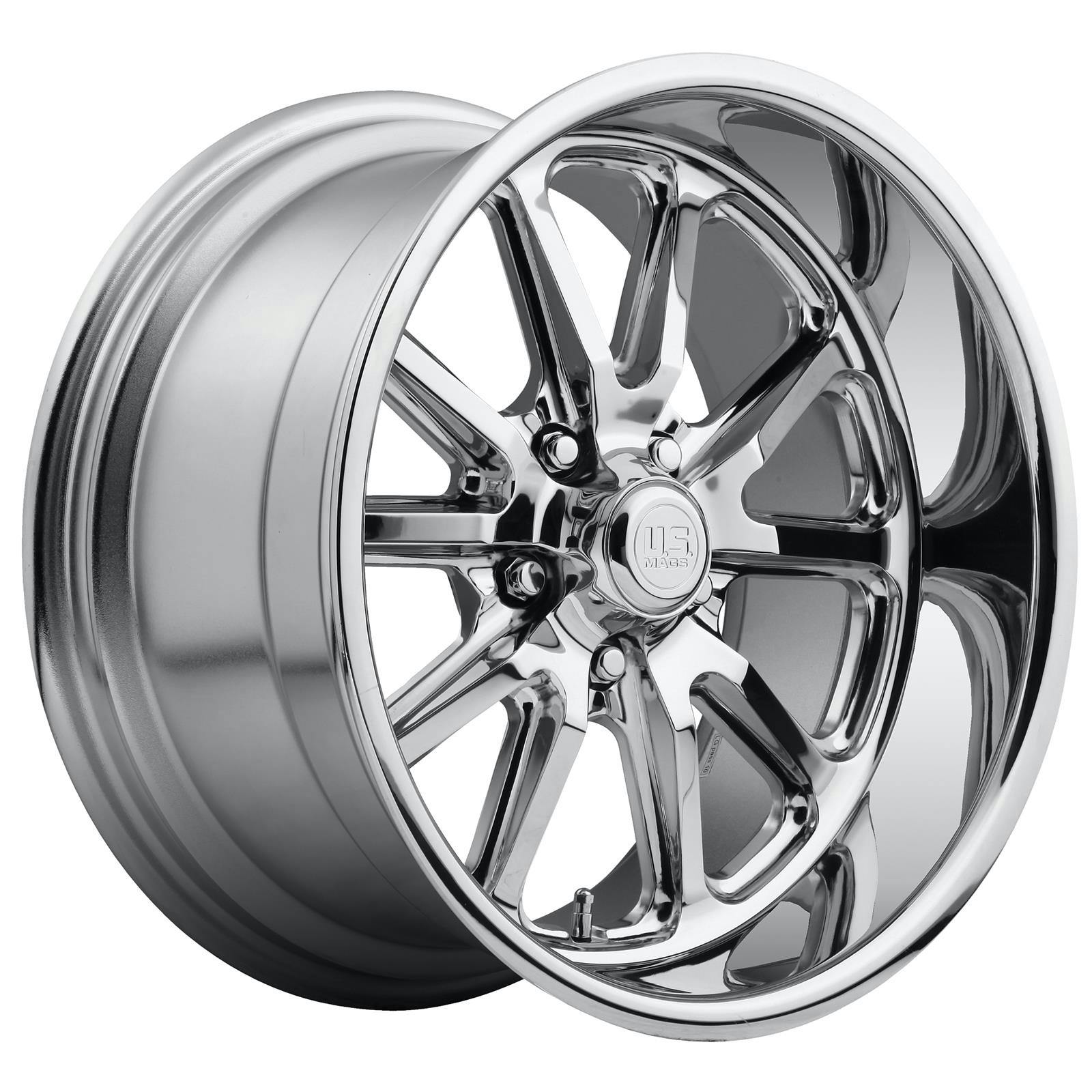Find Parts That Fit Your Vehicle
Products
Showing 1 - 36 of 57,353 results
Shop Feedback:
Did you find what you are looking for?
Try Shopping by the Make of your Vehicle:
The 1960s was arguably the most exciting decade in American automotive history. Gas prices were low and compression ratios were high. Manufacturers pumped out dozens of high-performance cars with large displacement V8 engines designed for brutal acceleration. GM, Ford, Chrysler, and even AMC equipped their mid-size models with exotic names and muscular looks in order to attract customers. They spent millions on ad campaigns to reinforce the performance image of their brands.
When Did Muscle Cars Start
There’s a lot of debate on the details of what a muscle car really is. The phrase was coined by the legendary Brock Yates after he drove a '64 Pontiac GTO for Car and Driver Magazine in 1964. From that point on, many called any mid-sized car platform with a big block engine to be a “muscle car.” A few years ago, this was widely considered to be cars manufactured from 1964 to 1972; names like Chevelle SS396, Roadrunner, Cyclone, GTO, and many others. Time has a way of changing things, and the definition of a muscle car is no different.
Today, the term muscle car has expanded to cover a wider range of factory high performance vehicles. Many high performance cars were produced in the 50’s with special high performance V8 engines, among other early muscle car parts. The J-2 Oldsmobile, Chrysler Firepower Hemi cars, Rambler Rebel, and Ford supercharged Y-block machines are just a few. The early 60’s featured the bigger cars with the Super Stock style engines like the Pontiac Catalina Super Duty, Max Wedge Mopars, 427 Medium Riser Fords, and of course, who could forget the very fine Chevy Impala 409. The muscle car platform has been re-invented many times and even in the 80’s the venerable turbocharged Buick Regal Grand National still carried the torch. In our current era, Ford, GM and Chrysler are all still playing the game with fire-breathing LS and LT powered Camaros, Mustangs with ultra high tech Coyote engines, and the now legendary Hellcat variations of Dodge's Challenger & Charger.
Muscle cars like the legendary 1970 LS6 454 Chevelle SS came from the factory stuffed full of factory muscle car parts like 11.0:1 compression pistons, solid lifter cam, aluminum intake manifold, square port heads, big valves, and a huge Holley carburetor sucking Sunoco 260 at an alarming rate. Muscle parts like these is what it took to be king of the street. If that wasn’t enough, in terms of the muscle car parts the factory put on, the Big 3 automakers all offered high performance muscle car parts over the counter to make those cars even hotter. Still not enough? The aftermarket did the rest; with the addition of a set of slicks, headers and other bolt on goodies, sub-12 second quarter mile times were well within reach. We don’t want to leave out anybody here; you can bet Ford, Mopar, Buick, Pontiac, Mercury, and AMC had muscle parts in this game too, and which muscle car was the fastest is a hotly contested subject to this day.
What do all of these cars have in common? Everybody wants one, that’s what.
Restoring these legendary cars to their former glory is one of America’s favorite past times. There are many classic auto parts enthusiasts, some of which make a hobby of collecting the classic car parts that came from muscle cars. Attend a classic car parts swap meet and see for yourself. That’s how you used to have to find original classic car parts for these prized beauties, combing a junkyard for those special parts for classic cars. Nowadays, a muscle car is such a prized possession that virtually every imaginable classic car part is available brand new for them in reproduction form.
Typical Muscle Car Parts
A typical muscle car is comprised of many different muscle parts. Special cowl induction hoods, graphics packages, urethane bumpers, dual exhaust systems, racing shifters, and high performance engines are commonly found on muscle cars from the 1960s and 1970s. The array of muscle parts being made means there are many companies that specialize in one type of classic auto parts or another. Parts for classic cars can often be sourced from many different brands. Say, a fender, for example. You don’t just to have to settle for one company to make them because there are many.
Speedway Motors is at the forefront of classic auto parts suppliers and now offers an armada of classic car parts for sale. Our classic car parts catalog, also known as our Muscle Car parts catalog, is full of classic car auto parts. If you want a bigger selection of our auto restoration parts supply, look no further. Nobody has a better selection of classic auto parts combined with fast shipping and expert support than Speedway Motors.
Featured Muscle Car Parts
- Muscle Car Chevy Small Block Crate Engines
- 1964 Chevy Chevelle Axles
- 1985 Buick Regal Engine Parts
- 1989 Chevy Caprice Engine Parts
- 1972 Chevy Impala Suspension Parts
- 1967 Pontiac Firebird Transmissions
- 1970 Chevy Nova Exhaust
- 1958 Chevy Biscayne Chassis and Suspension Parts
- 1967 Chevy Camaro Chevy Small Block
- 1966 Pontiac Tempest Chassis and Suspension Parts

